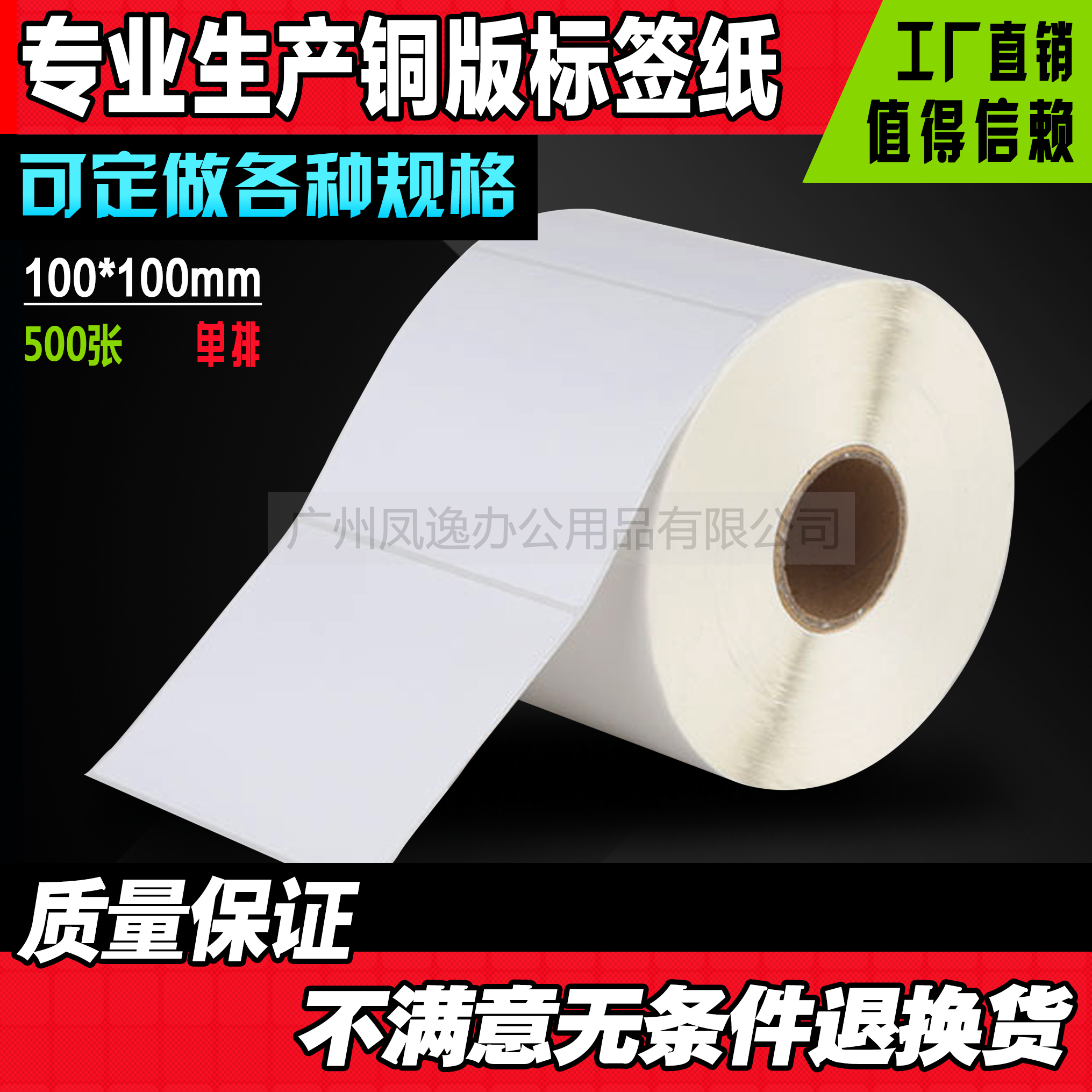揭秘条码标签纸:功能、特点及适用场景
尕枯非生
2024-11-09 19:26:54
0次
揭秘条码标签纸:功能、特点及适用场景
条码标签纸,作为现代物流和商品管理的重要工具,已经广泛应用于各个行业。本文将深入探讨条码标签纸的功能、特点以及适用场景。
一、条码标签纸的功能
条码标签纸是一种特殊的纸质材料,主要用于打印条形码和二维码等标识信息。其主要功能包括:
1. 标识商品信息:通过打印条形码或二维码,条码标签纸可以快速准确地标识商品信息,如价格、产地、生产日期等。
2. 便于管理:通过扫描条码或二维码,可以实现商品的快速盘点、库存查询和销售统计等管理功能。
3. 提高效率:使用条码标签纸可以大大提高商品管理和物流的效率,减少人工操作和错误。
二、条码标签纸的特点
条码标签纸具有以下特点:
1. 耐用性:条码标签纸具有良好的耐用性,能够在各种环境下长时间保存。
2. 防伪性:通过特殊技术,可以在条码标签纸上打印防伪标识,提高商品的防伪性能。
3. 定制性:条码标签纸可以根据客户需求进行定制,包括颜色、尺寸、材质等。
4. 环保性:部分条码标签纸采用环保材料制作,对环境友好。
三、条码标签纸的适用场景
条码标签纸广泛应用于各个行业,如零售、物流、医疗、制造等。具体适用场景包括:
1. 零售业:用于商品标识、价格标签、货架标签等。
2. 物流业:用于包裹标识、货物追踪、库存管理等。
3. 制造业:用于产品追溯、生产批次管理、物料管理等。
4. 医疗行业:用于药品追溯、医疗设备标识、病人信息管理等。
5. 仓储业:用于货品分类、库存盘点等。
四、英文翻译
Barcode Label Paper: Functions, Features and Applications Barcode label paper, as an important tool for modern logistics and product management, has been widely used in various industries. This article will delve into the functions, features and applicable scenarios of barcode label paper. Function of Barcode Label Paper: Barcode label paper is a special paper material used to print barcodes and QR codes for identification information. Its main functions include: 1. Identifying product information: Barcode label paper can quickly and accurately identify product information such as price, origin, production date by printing barcodes or QR codes. 2. Facilitating management: Scanning barcodes or QR codes can achieve rapid inventory checking, stock query, sales statistics and other management functions. 3. Improving efficiency: Using barcode label paper can greatly improve the efficiency of product management and logistics, reducing manual operations and errors. Features of Barcode Label Paper: Barcode label paper has the following characteristics: 1. Durability: Barcode label paper has good durability and can be stored for a long time in various environments. 2. Anti-counterfeiting: Special technology can be used to print anti-counterfeiting labels on barcode label paper to improve the anti-counterfeiting performance of products. 3. Customization: Barcode label paper can be customized according to customer needs, including color, size, material, etc. 4. Environmental friendliness: Some barcode label papers are made of environmentally friendly materials. Applicable Scenarios of Barcode Label Paper:Barcode label paper is widely used in various industries such as retail, logistics, healthcare, manufacturing, etc. Specific application scenarios include:
1. Retail industry: used for product labeling, price tags, shelf labels, etc. 2. Logistics industry: used for package identification, cargo tracking, inventory management, etc. 3. Manufacturing industry: used for product tracing, batch production management, material management, etc. 4. Healthcare industry: used for drug tracing, medical equipment identification, patient information management, etc. 5. Warehousing industry: used for goods classification, inventory checking, etc.相关内容
热门资讯
揭秘条码标签纸:功能、特点及适...
条码标签纸是一种用于打印条形码和二维码的纸质材料,广泛应用于零售、物流、医疗、制造等行业,具有耐用、...
解锁条码标签纸的多样应用场景
条码标签纸具有广泛的应用场景和价值,可应用于零售、物流、医疗、生产制造等多个行业,实现快速识别、管理...
条码标签纸:办公耗材中的必备利...
条码标签纸是办公耗材中不可或缺的利器,适用于多领域,可快速准确记录和识别信息,提高效率和数据安全性,...
提升效率:条码标签纸在办公流程...
条码标签纸在办公流程中扮演重要角色,能自动化追踪、快速识别分类、减少错误率、管理库存、增强可读性、适...
条码标签纸的选购指南:提升办公...
选购条码标签纸需明确需求,考虑材质、尺寸、粘性、抗污性和兼容性等因素,选择知名品牌和合适价格,并注意...
解析条码标签纸:如何成为现代办...
条码标签纸在办公中,快速、准确管理物品信息。选材合理,设备解析迅速,配合软件可高效管理物品信息,并培...
探索条码标签纸的多样化用途与优...
条码标签纸在零售、物流、资产管理、医疗保健和工业制造等领域具有多样化用途,其优势包括高效性、准确性、...
选购指南:如何选择适合你的条码...
选购条码标签纸需考虑使用环境、条码类型、标签尺寸形状、材质、成本效益及品牌质量。选择适合的标签纸能提...
条码标签纸的印制技术及优势分析
文章摘要:本文介绍了条码标签纸的印制技术,包括印刷、涂层处理和条码打印等环节,并分析了其高质、耐用、...
办公室中的小助手:条码标签纸的...
条码标签纸是办公室中的小助手,可进行物品标识、资产管理、库存管理、快递与邮件管理及会议活动标识,提高...



